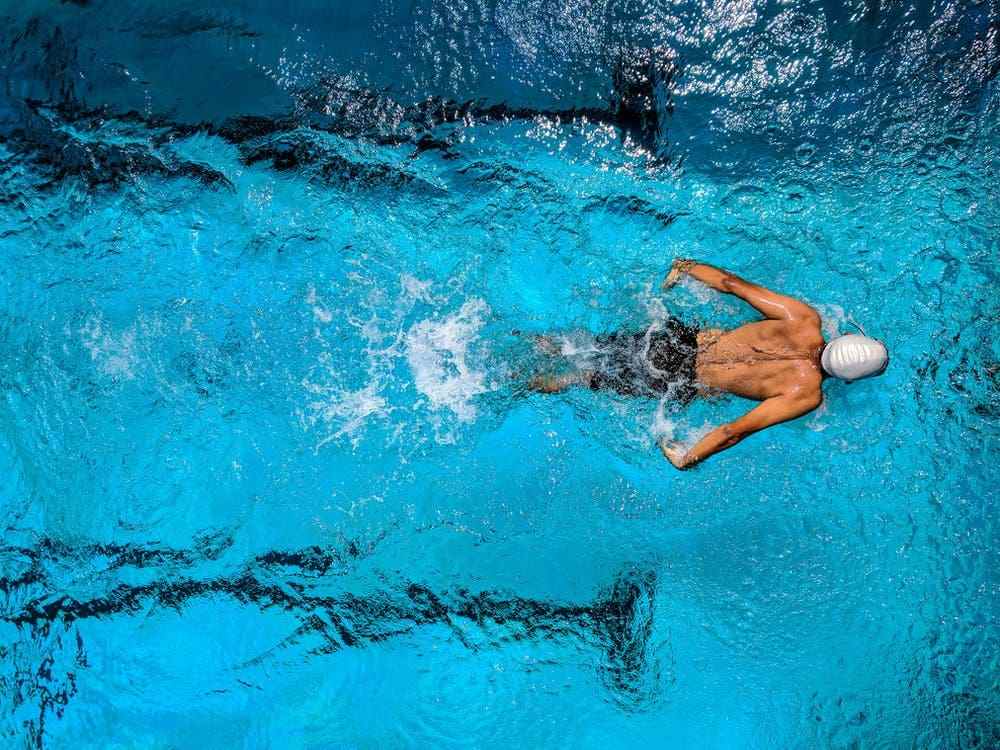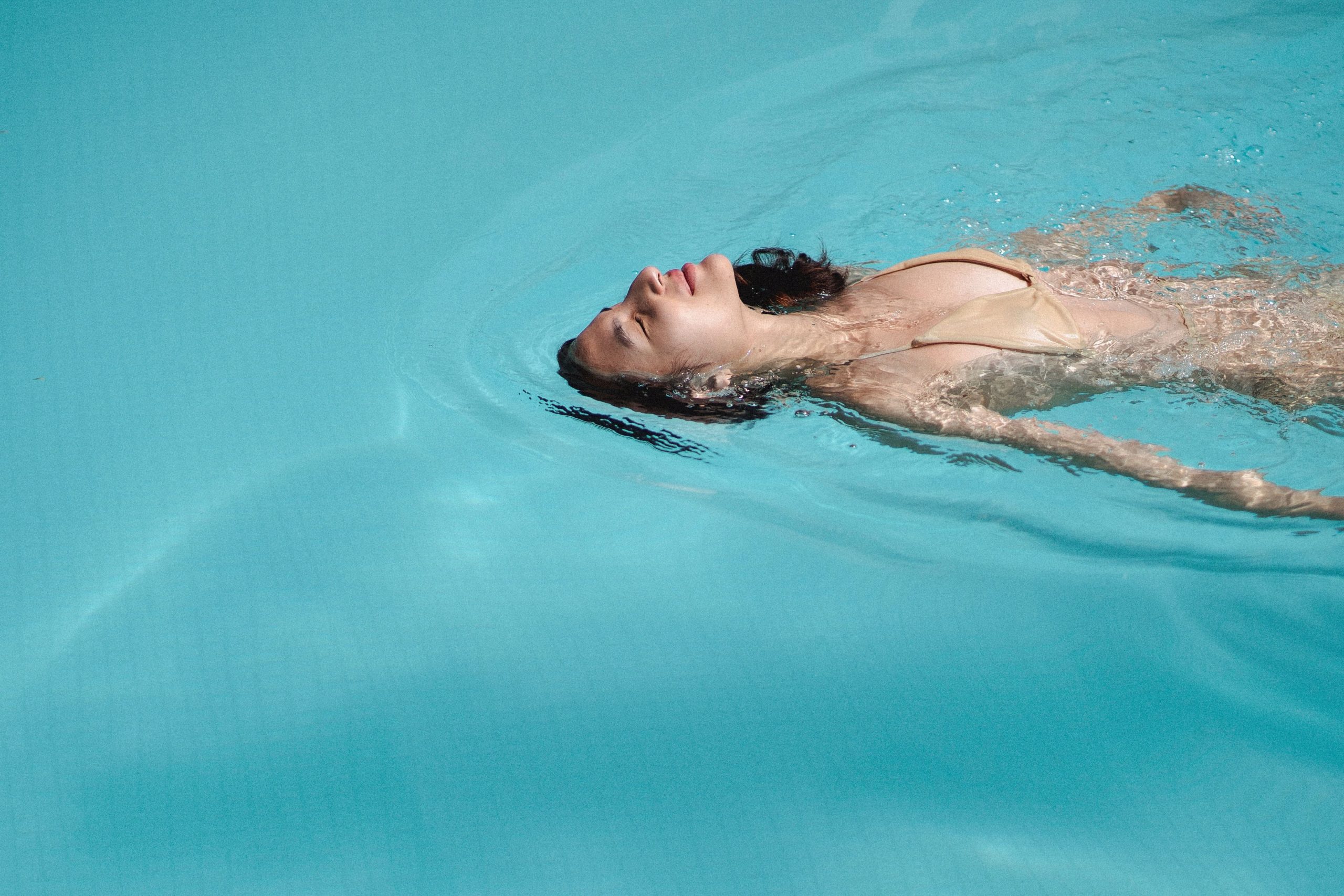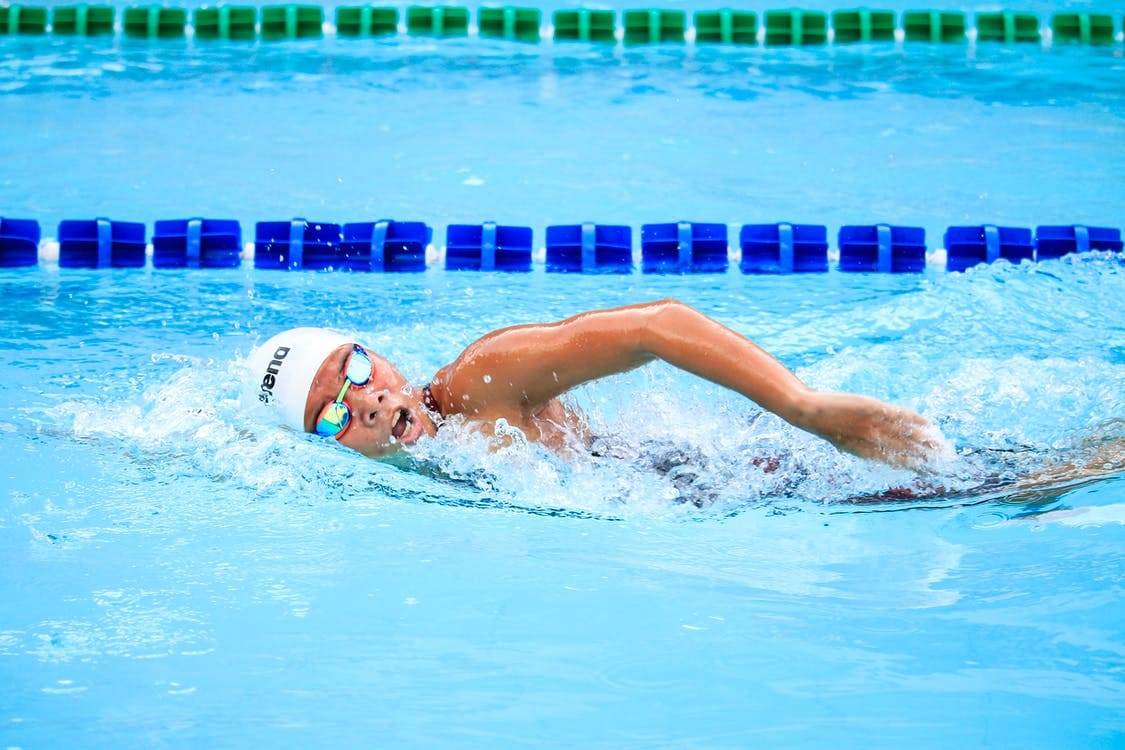An Insight Into Five Different Swimming Styles, Strokes, & Techniques
Whether you have decided to take up swimming as a career of choice or have signed up for it merely to kill time, the best way to master the art of swimming is to practice to get the hang of all the different types of elementary and advanced swimming strokes.
Practicing different swimming strokes allows you to get your hands on the competitive swimming styles and prepares your muscles and body for an excellent workout.
Types of Swimming Strokes
Some of the most commonly followed swimming styles and strokes include freestyle, backstroke, breaststroke, front stroke, and sidestroke.
Apart from these five main swimming strokes, countless other advanced techniques are followed by expert swimmers when they compete in different championships and competitions.
Suppose you want to swim as an alternative to working out and exercising. In that case, knowing which swimming technique utilizes which group of muscles is essential to planning an effective workout.
To ensure a safe situation for the swimmers, various strokes are suited to different conditions and risks.
1. Butterfly Stroke
The butterfly stroke is considered as the second-fastest competitive stroke that is an amazing workout. Also, it is one of the most efficient swim strokes that is used in competitions.
It is performed upright and is the favorite swimming style of Olympic legend Michael Phelps. This technique is exhausting and a bit difficult to learn compared to some swimming exercises and is usually performed when you need to swim shorter distances.
Anybody can easily and quickly master the butterfly stroke if one is keen to learn.
- The initial step to performing the butterfly stroke is to start horizontally with your stomach facing the base of the swimming pool.
- The next step is to bring your forearms over your head and force them underwater to help you move forward, bring them up out of the water, and cyclically repeat this movement.

- The trick is to keep pushing your head and shoulders above the water surface as you move your arms forward.
- Next, you will have to keep your legs as straight as possible and position them together, so your legs perform a dolphin kick to mimic the movement of a dolphin’s lower body and tail.
- It is preferred to take deep breaths when your arms start coming out of the water, right before you launch into the next arm stroke.
Muscles Used in the Butterfly Stroke Are:
- The core abdominal and lower back muscles are essential to help elevate the body out of the pool when breathing.
- Glutes help in the dolphin-like leg movements.
- Upper arm and lower leg muscles, including the calves, shoulders, biceps, and triceps, are needed to generate a powerful stroke.
2. Breaststroke:
This stroke is primarily performed at the prone position, i.e., with your stomach facing down. Even though the breaststroke is the slowest swimming stroke out of all the strokes, it is taught to new swimmers because your head remains on the surface of the water.

In breaststroke, the body glides through water using a combination of many simultaneous hand movements and kicks within the water.
To perform a breaststroke, you need to:
- Bend your legs like a frog as the starting position and perform a symmetrical whip kick by escorting your legs from straight behind you near your body by arching both at your knees and your hips under the water.
- Similarly, ensure both arms make arcs from angled forward to under the chest and perform simultaneous and symmetric circular movements to move your body forward.
- We recommend relaxing the forearms while the legs kick and stretching the legs while the forearms propel you ahead for effective continuous action.
Muscles Used in Breast Stroke Are:
- Pectoral and Latissimus Dorsi muscles help move the hands against the water surface.
- The glutes and Quadriceps in the leg offer the same purpose as the Pectoral and Latissimus Dorsi.
3. Front Crawl\Freestyle Stroke:
The front crawl is also called a freestyle stroke and is likely the first swimming style that may come to mind when you imagine swimming. The front crawl is easy to learn and comprises alternative arm strokes and flutter kicks.

Below is a brief guide on how to perform the front crawl stroke:
- Lie on your stomach with your body side by side with the water.
- Drive your body forward with rotating arm actions in a windmill movement that starts by thrusting underwater and recovers at the water’s surface.
- Remember not to flex your lower legs at the knee. Perform flutter kicks with pointed toes as your legs move alternately.
- Take deep breaths when you pull your arms from the water by turning your head to the side.
Muscles Used in Front Crawl Are:
- The abdomen’s core plays a crucial role in lifting the body while breathing and keeping it inclined.
- Forearm muscles allow the water to propel.
- The glutes and hamstring are utilized for propulsion through the legs and to maintain a balanced position.
- Because of the hand movement, shoulder muscles have crucial involvement.
4. Backstroke
Backstroke is the unique stroke competition in the back. This style is similar to the front crawl except for a notable difference: the back facing downward instead of the stomach—backstroke ranks in the competition’s top ten swimming strokes, just behind the butterfly and front crawler.

Since the backstroke takes place in the supine position, it utilizes swivels, breaststrokes, and arms swivels. The main muscles involved in backstroke are the shoulder muscles. Many physicians recommend this swimming stroke to individuals with back problems, providing an excellent back workout.
To perform the backstroke, you need to:
- Keep your body as symmetrical as possible except for your lower body.
- To thrust yourself backward while floating on your back, oscillate your forearms in a windmill-like motion.
- Initiate the round motion by forcing your arms underwater and recuperating above the water surface. Keep your legs together and use the movement of your hips to produce flutter kicks.
- Make sure to be conscious of your breathing rhythm and maintaining face position above the water’s surface.
Muscles Used in the Backstroke Are:
The shoulder muscles are the most supreme. In addition to the shoulder muscles, muscles in the lower leg and the rotator cuff muscles, including the Supraspinatus and the Infraspinatus, are also important.
5. Sidestroke
Sidestroke was a prevalent and vital stroke to learn for safety reasons. Lifeguards used it to save someone drowning, but now rarely does anybody use it for competitions. The sidestroke is an incredibly relaxing and effective swimming technique worth revisiting.

The sidestroke requires only one upper arm with asymmetrical underwater arm motions and a scissor kick that allows you to pull something along yourself using the other hand. The head is always above the water, and you swim on the side of your body to propel yourself forward.
It’s one of the shortest strokes to learn and can be an excellent way to add more variety to your routine from the more famous and cliche swim strokes. Here’s how you do it:
Think of this swimming technique as picking apples or fruit hanging from a tree using one arm.
- Raise your first upper arm above your head and stretch it as if you’re picking an apple. Then bring your hand in front of your chest and grab the apple from your other arm. Then use your second arm to toss the apple behind yourself and repeat the movement of picking another apple from above the head with the help of your first arm.
Muscles Used in the Sidestroke Are:
The physically challenged individuals use it while swimming since only half the muscles of your body participate.
Essential Skills of Swimming?
There are five essential skills that every swimmer must know:
- A good breathing technique
- Sliding with your face underwater
- Coordination of all body parts during movement
- A variety of stroke styles and swimming techniques
- Deep Diving
Bottom Line
Swimming can quickly be learned with the help of swimming lessons and should be incorporated into every single person’s routine as swimming is a basic skills that every individual must learn. It helps build the upper and lower arm muscles, abdominal core, and trunk muscles.
If you have just developed an interest in swimming, we recommend starting with breaststroke. Once you master these two swimming strokes, you can move on to butterfly and freestyle swimming.

